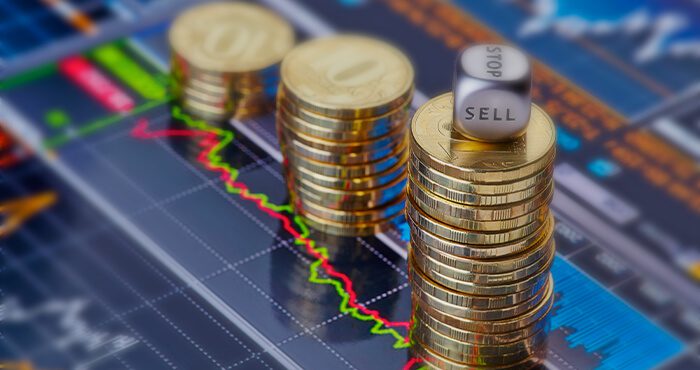
What is a Contract for Difference?
A Contract for Difference, commonly known as a CFD, is an agreement where the difference in settlement of an asset’s open and close prices is resolved with a cash settlement. This allows traders to potentially profit from a price movement without owning any underlying assets.
CFDs exist for various assets, including forex, stocks, commodities, and cryptocurrencies. No delivery of actual goods or securities happens when trading a CFD.
CFDs are often traded on what is called leverage to give traders more trading power and flexibility. Leverage refers to the use of borrowed capital to increase the size of one’s position to potentially amplify gains.
An example of CFD trading:
Stocks of company X are trading at $10
Person A believes that the price of X is going to rise, while person B believes that it will fall
Therefore, Person A enters into a Contract for Difference as a buyer, while Person B enters as a seller
The agreement stipulates to settle the difference of 1 stock of X from $10
When the price of stock X hits $11 and the position is closed, person A will have made a profit of $1, while person B will have lost $1
During this process, person A and B never owned any actual stocks of X, and no quantities of stock X ever changes hands.
What are the advantages of CFD Trading
Higher Leverages
For one, trading on margin CFDs typically allows for higher leverages than traditional trading like buying stocks on an exchange. There are also usually fewer regulations surrounding the CFD market, which allows CFDs to have lower capital requirements. What follows is a range of advantages:
Trade on a wide range of markets from one platform
Most CFD platforms will give access to multiple global markets, allowing users to trade a large selection of asset classes all from one platform. For example, on Pacific Union, you can trade CFDs on shares, forex, commodities, and more.
No Stamp Duty
Governments usually levy a tax on the purchase of shares (the UK government, for example, levies a duty of 0.5% on the transaction). On the other hand, there is no stamp duty to pay on a CFD trade as parties don’t take physical ownership of any underlying assets.
Margin flexibility
CFDs are traded on what we call margin. This means that you can take a large position in the market without having to deposit the full contract value. For example, Pacific Union offers a leverage ratio of 500:1 on FX, meaning that you can leverage $2,000 to trade $1 million worth of assets. This amplifies the value of your capital, leaving equity free for other transactions.
How to calculate profit and loss in CFDs
Profit and Loss Calculations
The Profit or Loss for a CFD can be calculated using a very simple formula.
P/L = (Sell Price* – Buy Price*) x Position Size
*Without the decimal point
It doesn’t matter if you bought or sold first, the profit on a CFD is the difference between the buying and selling price.
Short-selling CFDs
With CFDs, you can benefit from both directions of an instrument’s price movement. You can short an instrument just as easily as buying it because there are no borrowing costs for CFDs as there are no underlying assets.
Short selling means borrowing an asset to sell a position first, then buying it back at a later time to return the borrowed asset. If the price of the asset has dropped in the meantime, you make the difference.
An example using our simple P/L formula follows:
You short-sell 10 CFDs for stock X at $100 each because you think the market going to fall. If stock X drops to $90 and you decide to close your position your P/L would be:
P/L = (100-90) x 10
= $10 x 10
= $100
The pitfalls of CFD trading
CFD trading can be a risky business. As we have mentioned, leverage allows you to take positions that are larger than your deposit size. It means you can potentially amplify your profits, but it also means that the risk of large losses is greater, especially in fast-moving markets.
One of the most important things to do is to manage your risk. While reputable CFD providers will provide tools like stop-loss limits, much of risk management falls to the consumer’s vigilance. However, you are not alone when it comes to this. We’ve dedicated an entire module [link to risk management] to explaining risk management when trading CFDs.



